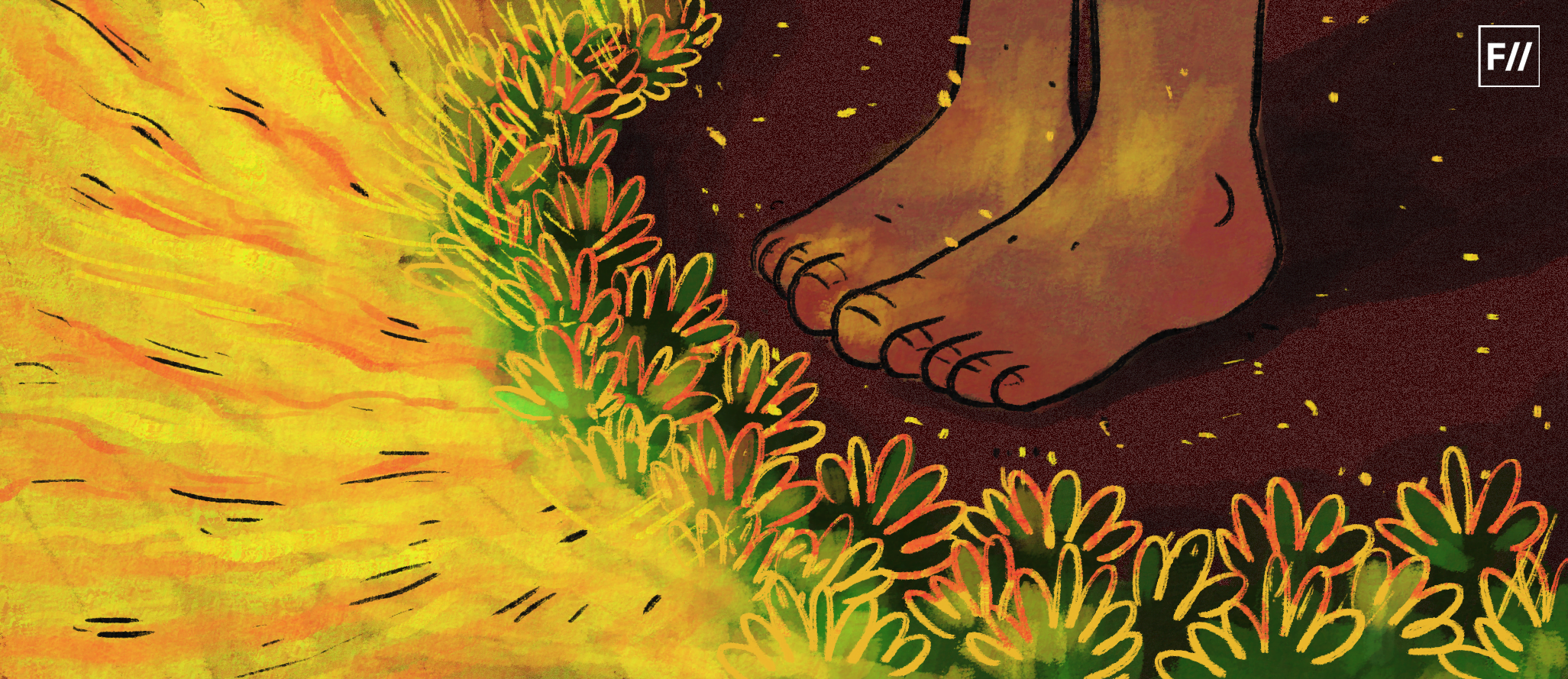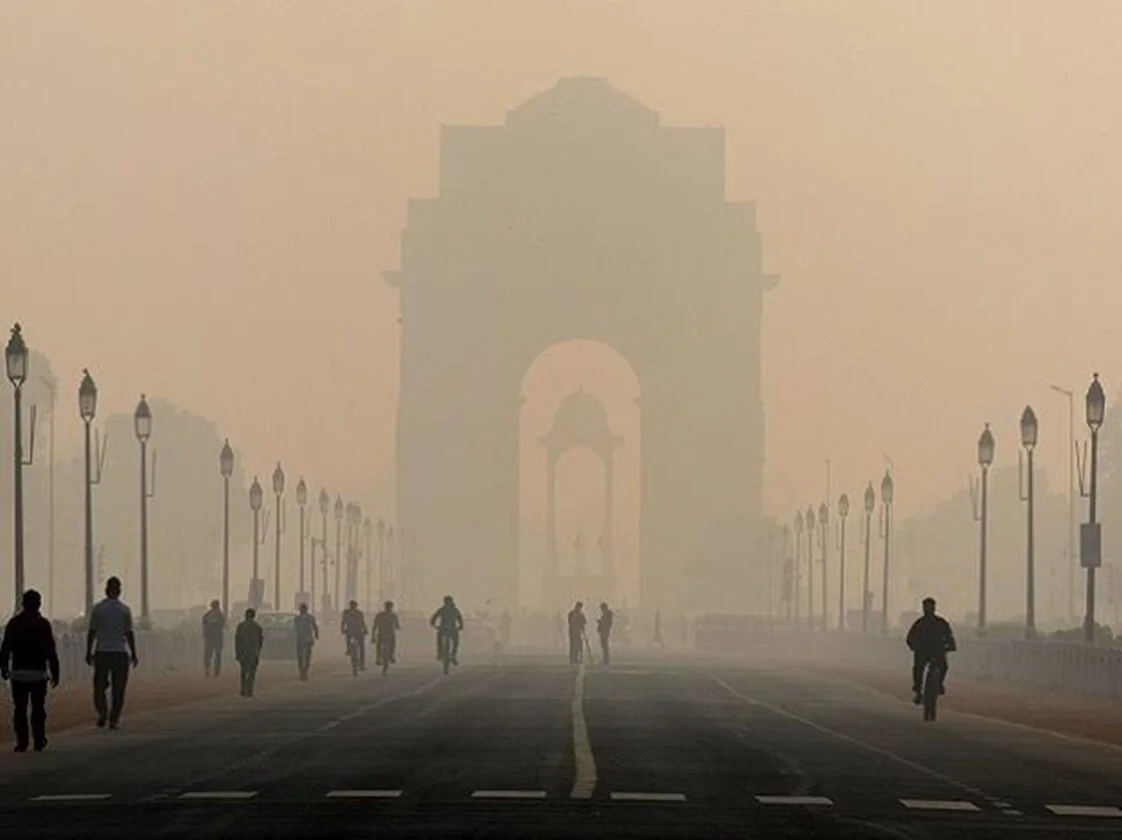Agriculture in India feeds about 17.2% of the global population using only about 9% of the world’s arable land, and more than 56% of the total agricultural area is rainfed. Rainfed farming covers about 58% of the net sown area with about 68% of the rural population. About 13.78% of India’s geographical area is subjected to flood disasters, according to the Planning Commission 2011. About 33 million people were affected by flooding from 1953 to 2000. India ranks 129th out of 146 on the Global Gender Gap Index 2023 (World Economic Forum, 2024). Persistent disparities in education, economy, and political participation impact gender equality.
Water scarcity and constraints on time
Due to warming by 2050, daily water collection times for women without household access could increase by 30% globally and up to 100% regionally, under a high-emissions scenario. Women and children acutely bear the brunt in households without access to running water. Women being responsible for collection, storage, conservation and utilisation, the burden of collection reduces their time for rest and impacts health and wellbeing. Around the world, women and girls spend up to 200 million hours daily on this task. This impacts on the time available for education, employment, childcare and other daily responsibilities.
Reproductive health drastically impacted
Climate change has impacted women’s reproductive and sexual health and women are inhibited to discuss this openly. The study linking reproductive health to climate change based on 38 records observed changes from teenage to menopause. The World Health Organization’s prediction, the climatic crisis will lead to over 250 thousand mortalities annually between 2030 to 2050. According to the International Organization for Migration, about a quarter to one billion individuals are projected to migrate by the year 2050 due to CCC and natural disasters, out of this displaced population, female migrants will contribute 80%.
In India, women are impacted due to heat waves, exposure to fertilisers and pesticides in the fields and lack of protective environment. In the patriarchal environment, women are not taken in time for registration of pregnancy and delivery. Women’s bodies are subjected to family planning methods like abortions, tubectomies and sex selective amniocentesis. Distress migrations further increase stress in the families leading to domestic violence. Researchers have reported that the pollutants matter, (oxides of sulphur and nitrogen, ozone, etc.) could lead to an augmented risk of gestational diabetes, preterm birth, stillbirths, and spontaneous abortion. Anaemia and malnourishment may aggravate with increase in poverty levels due to reduction in agricultural production.
The Cluster Level Federation (CLF) leaders in Tappal, Aligarh district, UP after a gender training started speaking about their reproductive health issues. Lalitesh Sharma, President of the Jeevan Jyoti CLF, Aligarh shared, “We experience reproductive health issues like uterine prolapse. The complex web of issues that impacted us; the drudgery in the paddy fields, the hours spent in the back-breaking work like sowing, weeding, transplanting, harvesting, etc impacting our reproductive health are intricately linked.”
They were exposed to excessive use of chemicals and fertilisers and they often did not have protective equipment or even sufficient undergarments and garments. They lifted large pails of water for buffaloes immediately after delivery. They had no rest after delivery and immediately started working. With climate changes, excessive heat and erratic rainfall, their work load has increased. Men have migrated and they are responsible for most agricultural operations. Though they work as agricultural helpers in their own farms, they have no assets like land in their names. Uterine prolapse impacts them adversely and they are unable to get treatment immediately. There are no resources to go to private gynaecologists and get themselves treated which often ends up in hysterectomy. The impact bears heavily on their health.
Climate change escalates violence against the vulnerable
Climate change-induced extreme weather events put women, children and minorities at risk of violence and human trafficking. The phenomenon is on the rise in India, among other countries, warned the International Institute for Environment and Development (IIED) and Anti-Slavery International in a recent report. Such events made locals vulnerable to traffickers and drove them into forced labour, it said.
Disasters and impact on tribal communities
In a training for women leaders from Himachal Pradesh, Uttarakhand, Punjab and Rajasthan, they spoke on how climate change, careless developmental patterns, disasters had a cataclysmic gendered impact on their lives. Women, being mainly responsible for collecting and conserving water, were forced to fetch water from long distances after every disaster like floods, landslides, etc. The water quality was so poor that it impacted their health. With erratic and untimely rainfall, they were forced to use excessive chemicals and fertilisers. They also saw severe impact on the reproductive health of adolescents impacting menstrual health, leading to early menstruation, irregular and painful periods.
Lakshmi from Attapady, Palakad, Kerala sadly expressed, “Even in Kurumba, particularly vulnerable tribal group areas, we have stopped millet cultivation,” as they felt that the rains are severely impacted due to climate changes and millets being rainfed have no productivity. They are switching over to consumption of paddy as in mainland and they are replacing millets with cash crops like bananas and areca nuts in the Forest Rights Areas in the Western Ghats. They are giving upon this despite the fact that nutrient consumption will be deeply impacted.
These narratives reveal the gendered impact of climate change on the communities and women bear the brunt in terms of gendered division of labour, health and reproductive health. Policies related to climate change and the interventions need to take into account the unpaid care burden on women, lack of skills, education, assets and limited access to resources for women. Gender equality goals need to be embedded in programmes and interventions.





